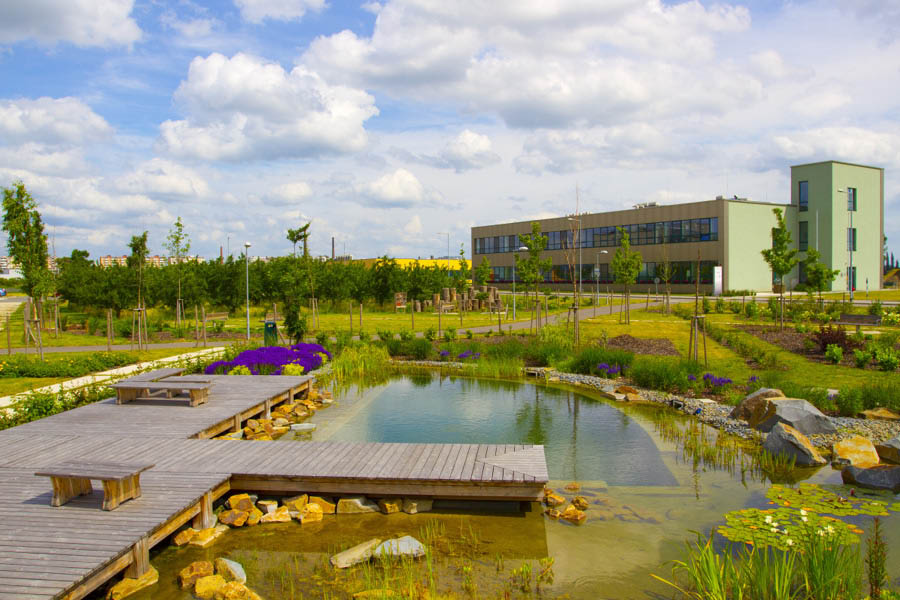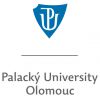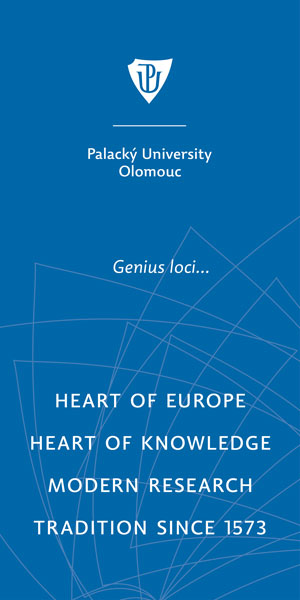The universities of Central and Eastern Europe are aiming to be the next regional hub for world-class research in the sciences.
Earlier this year, researchers at Palacký University’s Regional Centre of Advanced Technologies and Materials (RCPTM) in the Czech Republic constructed the world’s first non-metallic magnet. Made of graphene, the ultra-thin form of carbon, the magnet could facilitate advances in electronics, in medicine for targeted drug delivery and in molecule separation. The discovery followed another successful finding in the fields of graphene and magnetism for the team the previous September – nano-magnets.
These revelations represent some of the valuable research taking place across Central and Eastern Europe, and what Palacký University hopes to showcase by hosting the Times Higher Education Research Excellence Summit in April 2018.
“I’m pleased to host the summit in Olomouc,” says Jaroslav Miller, rector of the university. “It is a big privilege and the priority of the year. THE enjoys a great reputation among the global ranking companies – it is probably the most trustworthy and prestigious.”

Palacký University will be the first Central or Eastern European country to host a THE summit. Discussions will explore Central Europe’s profile as the next regional hub for world-class research, with keynotes from Pavel Telička, vice president of the European Parliament, and Yuko Harayama, executive member of the Japanese government’s Council for Science and Technology Policy.
The event will also see the launch of the first-ever rankings of research strength at universities in the EU-13 member states – the countries that are the most recent entrants to the European Union. “Central European research centres definitely have the potential to do first-class research,” says Miller.
Beyond breakthroughs in magnetics, Palacký’s research projects in physics, optics, agriculture and biotechnologies are making valuable scientific discoveries.
For example, the university’s RCPTM and the Joint Laboratory of Optics in collaboration with colleagues at the Institute of Physics at the Czech Academy of Sciences have developed multi-layer optical systems that will be used in products made by Meopta-Optika, the largest Czech producer in the field of optics.
Palacký’s biotechnologies and agricultural research centres, meanwhile, have taken part in sequencing wheat and barley genomes.

Research in the region has improved significantly, thanks to huge investments over the past decade, mostly from the European Union. This year, Poland received more than €240 million in research funding from the EU’s Horizon 2020 programme, the Czech Republic received over €177 million and Hungary secured €168 million.
National foundations are also providing support. In the Czech Republic, government finance for research projects reached over CZK 30 billion last year. ln the case of Palacký, it received tranches of CZK 170,000 from the Ministry of Education, Youth and Sports and CZK 150,000 from the Czech Science Foundation.
But the continued success of the region’s research will require more international partnerships in order to be sustainable, warns Miller.
Central European countries have, at first glance, research infrastructure, he says, noting that 48 research centres in the Czech Republic alone are newly built. “But they face several challenges,” he adds.
“Such a giant research infrastructure cannot rely upon the national budget,” says Miller, adding that Palacký University has become a member of international consortia and sought out international projects in order to diversify its support streams.
Miller hopes the research summit will be an opportunity to secure additional international partnerships for more universities in the region.
“It seems to be that Central Europe still remains a little bit of terra incognita for some universities in Europe and in non-European countries, so we would like to open the door,” he says. “We would like to show our partners that it’s worth collaborating with us.”
Likewise, universities in Central Europe are eager to learn best practices from their Western peers and gain knowledge in areas such as public health, demographics and smart cities, he says.
The region’s research also stands to increase its scope to become more interdisciplinary and collaborative.
“In many cases, the nature of research presupposes international collaboration,” Miller says.
Miller speaks with first-hand international experience as a scholar at Oxford, a visiting professor at the University of Western Australia and the Czech Republic’s ambassador for the US Fulbright Programme.
“I have clearly seen that internationalisation is a must,” he says, “otherwise the universities in Central Europe will just play in a second-class league.”










